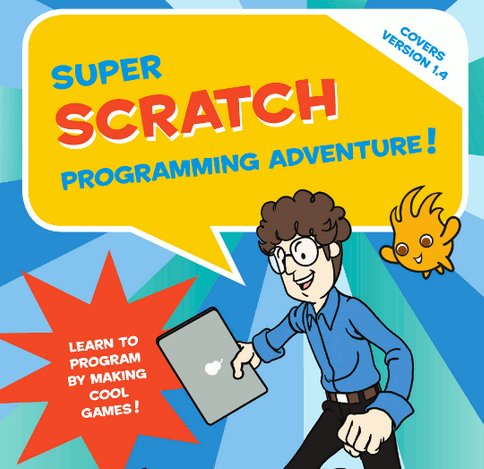Brands
Content for Kids: The Unsung Hero
Education is the next frontier in digital content. Consumers are hungry to learn – and the demand has not gone unheard.
Platforms like Udacity, Udemy, and Coursera are connecting university-level learners with widely available, free, and low-cost classes and learning materials in technical, business, and quantitative topics.

Adults aren’t the only learners who serve to benefit. Digital publishing, multimedia, and online content are creating worlds of intellectual opportunities for one invaluable demographic – kids.
Empowerment Is Crucial
Today’s multimedia trends do more than put content in front of kids – these platforms empower impressionable young learners to grow into big thinkers.
“Kids aren’t afraid to learn something new, and they really absorb science like a sponge,” said Tyler Ortman, editor at No Starch Press – a San Francisco based book and e-book publisher. “Where adults might be afraid to learn, kids are fearless. They don’t yet know the difference between big, scary ‘science’ words and ‘regular words.”
Specializing in fun, geeky topics, No Starch Press works with authors at the intersection of the digital and physical publishing worlds. Common to both mediums is the topic of technology – No Starch Press has published resources like ‘Super Scratch Programming Adventure’ to help make computers more accessible to kids.
“Programming is part of any white collar worker’s day in this modern age, even if it’s just ‘programming’ the cells in a spreadsheet,” Ortman said. “Apart from strictly economic benefits (‘getting a job,’ etc.), learning how to program is a valuable and brain-expanding skill.”
Content empowers kids with what they need to know – in a fun and accessible way that transcends classrooms and socioeconomic boundaries.
Bridge a Gap
Even the most nurturing childhood environments can fall short in providing a comprehensive ecosystem for learning. Parents may not have the skills that their kids need to know, and education systems may not have the resources to teach sophisticated topics. That’s where multimedia comes in.

“Many parents don’t have the programming skills to really teach their kids programming – that’s why resources are so very important,” Ortman said. “In fact, many high schools don’t even have teachers with this kind of background. Parents and teachers really want books that help them understand. They’re very appreciative.”
The most powerful teaching materials can cross generational boundaries, according to Ortman.
“We’ve had many adults read our programming for kids books, only to respond with comments like ‘oh, this actually isn’t that hard,’ or ‘so THAT’s what programming is,'” said Ortman. “It’s a great activity for parents and kids to explore together, too.”
Get Personal

The next step in content for kids is to create personalized learning opportunities, as there is no one-size-fits-all model for learning.
Consider TenMarks, an online platform that provides personalized math enrichment choices that align with classroom curricula. Kaplan Kids is another option for customized lesson plans that target specific skills. Foundational this experience is integration with data – the option to integrate learnings with real-time reporting.
Content is powerful beyond text. Through data and personalized learning experiences, multimedia has the profound ability to deliver tangible and actionable results.

Get better at your job right now.
Read our monthly newsletter to master content marketing. It’s made for marketers, creators, and everyone in between.





